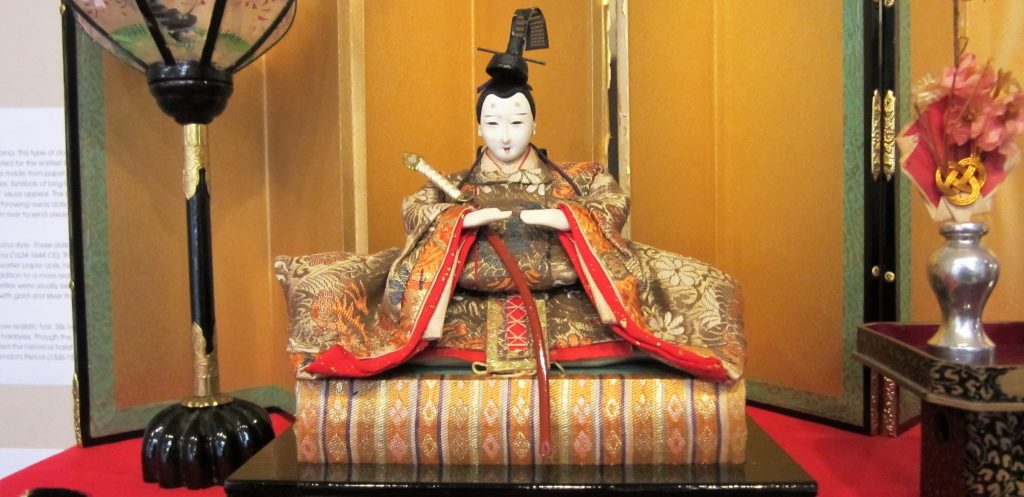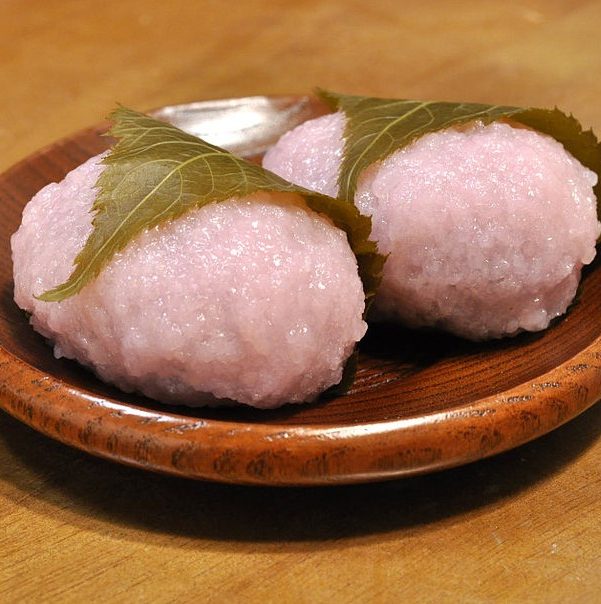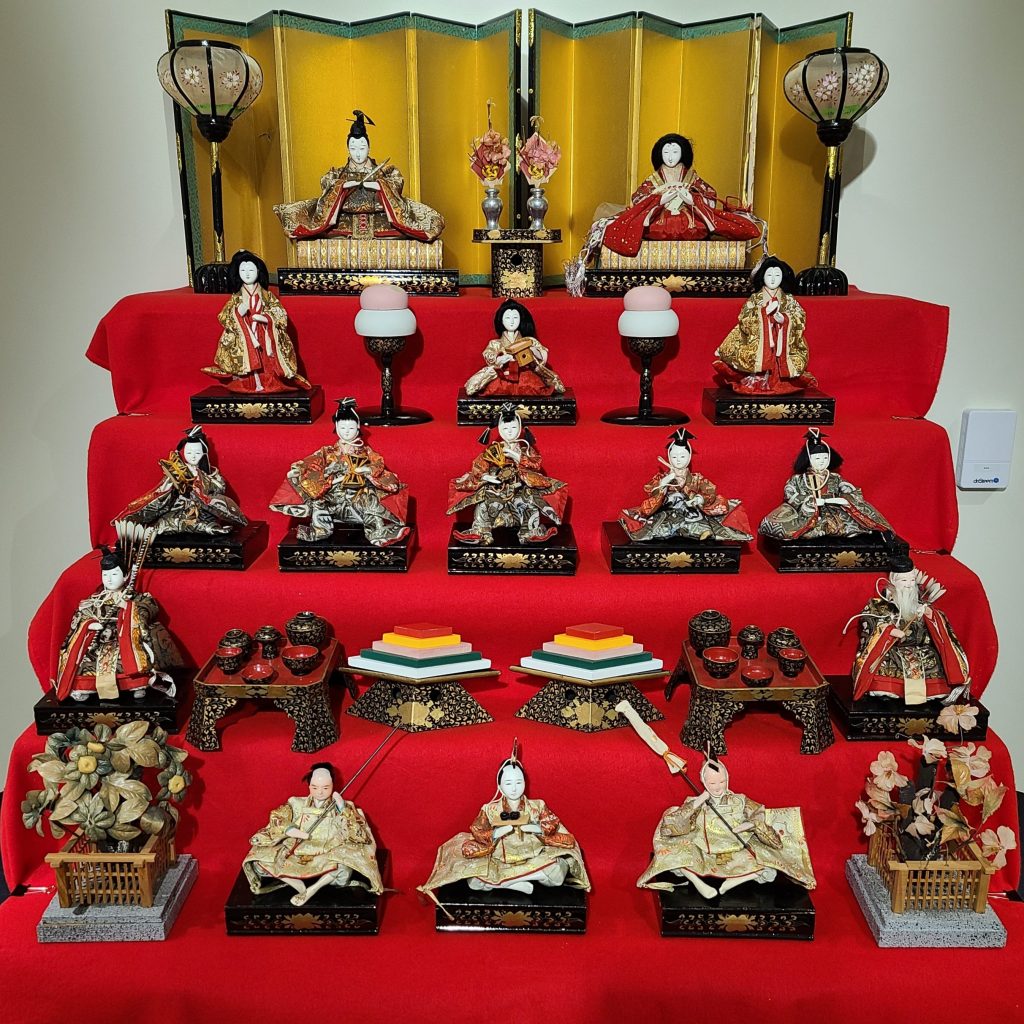Hinamatsuri: Doll’s Day in Japan

Hinamatsuri (translated as Doll’s Day or Girls’ Festival) is a Japanese festival celebrating girlhood. It is held each year on March 3. The festival features food, song, and, most prominently, the display of special dolls.
Historically, young Japanese girls played with dolls that mimicked the social roles of a traditional royal court, including the Emperor and Empress (or other high-ranking aristocrats), musicians, guards, and ladies-in-waiting. This association between girls and dolls led to the former being symbolized by the latter in celebrations. Hinamatsuri honors the development of girls as they grow into women and full members of Japanese society, as well as the work of adult women. Hinamatsuri dolls emulate the Emperor, Empress, and royal court to invoke prosperity and good fortune, as well as to show the close relationship between the household and the state in traditional Japanese culture.
The Hinamatsuri festival is inspired by traditions from the Heian Period (794-1185 CE) of Japanese history. On the day of the Mi (snake) within the lunar calendar, it was customary to perform rituals of purification to usher in good luck and good health for the rest of the year. Alongside offerings of food and prayer to the gods, dolls were used to remove the bad luck, impurities, and misfortunes of one’s life. Elements of these Heian Period practices were revived during the Edo Period (1603-1868 CE), but recontextualized as the Hinamatsuri celebrations. Over the years, Hinamatsuri has continued to change and adapt to the current culture while simultaneously holding its focus on Japanese history. The dolls in this exhibit were created in the 1950s, but they depict aristocrats from 1000 years ago.
Explore the sections of this exhibit below


This exhibit was on display from February 16 to May 27, 2016.

